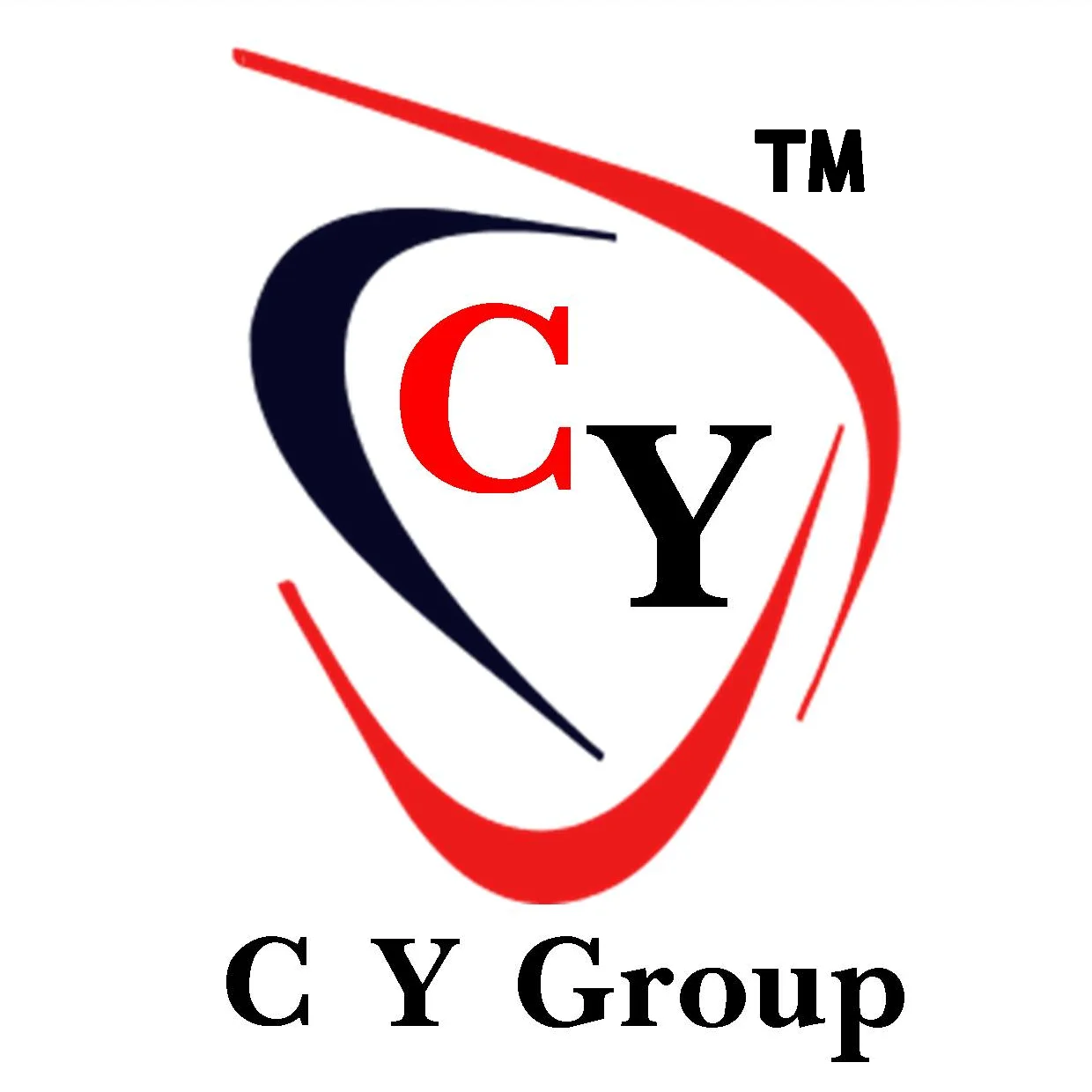Chapter 2 – Understand the Costing Method
Chapter 2.5 – Difference Between FIFO and LIFO Method
a. What are FIFO and LIFO, and why use one method over the other?
Here are some considerations for accounting, materials flow, and financial analysis:
| Issue | FIFO Method | LIFO Method |
| Material flow | In most businesses, the actual flow of materials follows FIFO, which makes this a logical choice. | There are few businesses where the oldest items are kept in stock newer items are sold first. |
| Inflation | If costs are increasing, the first items sold are the least expensive, so your cost of goods sold decreases, you report more profits, and therefore pay a larger amount of income taxes | If costs are increasing, the last items sold are the most expensive, so your cost of goods sold increases, you report less profits, and therefore pay a smaller amount of income taxes |
| Deflation | If costs are decreasing, the first items sold are the most expensive, so your cost of goods sold increases, less profits, and less income taxes | If costs are decreasing, the last items sold are the least expensive, so your cost of goods sold decreases, you report more profits, and therefore pay more income taxes |
| Financial Reporting | There are no GAAP or IFRS restrictions on the use of FIFO in reporting financial results. | IFRS does not all the use of the LIFO method at all. The IRS allows the use of LIFO, but if you use it for any subsidiary, you must also use it for all parts of the reporting entity. |
| Record Keeping | There are usually fewer inventory layers to track in a FIFO system, since the oldest layers are continually used up. This reduces record keeping. | There are usually more inventory layers to track in a LIFO system, since the oldest layers can potentially remain in the system for years. This increases record keeping. |
| Reporting Fluctuation | Since there are few inventory layers, and those layers reflect recent pricing, there are rarely any unusual spikes or drops in the cost of goods sold that are caused by accessing old inventory layers. | There may be many inventory layers, some with costs from a number of years ago. If one of these layers is accessed, it can result in a dramatic increase or decrease in the reported amount of cost of goods sold. |
LIFO Costing Method in accounting is not generally recommended for the following reasons.
- IFRS does not allow it, and a large part of the world uses the IFRS framework.
- LIFO can require tracking substantially more layers than FIFO.
- If old layers are accessed, the costs charged to expense may vary substantially.

a.The Malaysian Private Entities Reporting Standard was amended, effective 1 January 2017, with early application permitted.

